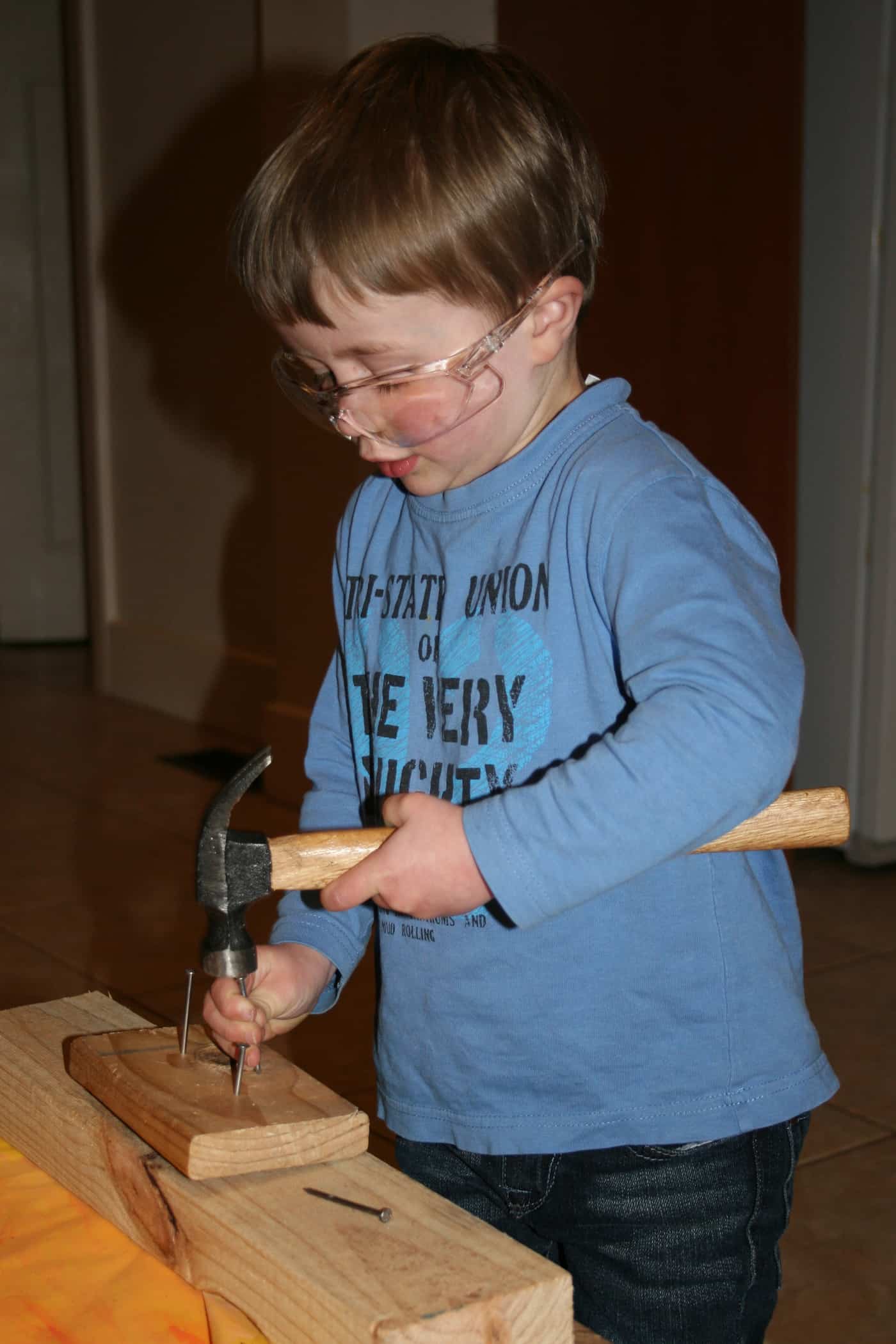Mohammad Rabbi has recently written that
“…safety culture is something that must permeate an entire organization. Its application largely depends on the investment, training, employee attitude, environment, location, laws, customs and practices in the industry. So how can organizations go about developing a safety culture?”
He is right that any safety culture has a wide range of business and social contexts but the quote, and the article, Workplace Safety Culture 101, seems to miss a couple of contextual realities. Many of these issues quoted appear to be basic elements of business and safety management and not dependent on safety culture programs.


 Several years ago at a
Several years ago at a  On September 9 2013, the Canberra Times published an article by
On September 9 2013, the Canberra Times published an article by  I was reminded of my colleague’s regrets when someone on a construction site recently asked for my opinion on some pictures of her son, at a childcare centre, hitting some nails into a block of wood. The boy (pictured right, at home) was wearing safety glasses, albeit a little large; the “work area” was separated from the rest of the children and the boy was supervised at all times by a child care worker. I was told that some of the parents had expressed concern that such an activity should not be happening in a childcare centre due to the potential risk to other children.
I was reminded of my colleague’s regrets when someone on a construction site recently asked for my opinion on some pictures of her son, at a childcare centre, hitting some nails into a block of wood. The boy (pictured right, at home) was wearing safety glasses, albeit a little large; the “work area” was separated from the rest of the children and the boy was supervised at all times by a child care worker. I was told that some of the parents had expressed concern that such an activity should not be happening in a childcare centre due to the potential risk to other children.